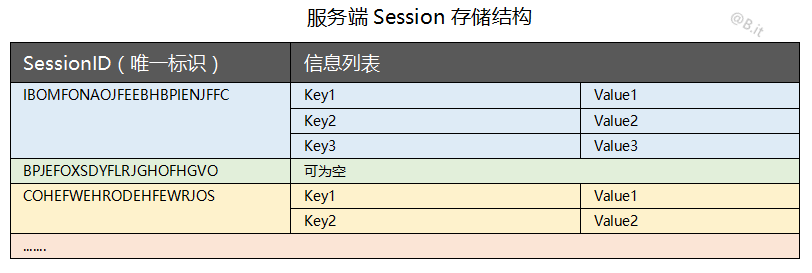最近需要给游戏做一个敏感词新系统,我采用的方法是比较常用的DFA(确定有穷状态机)算
法,先不讲算法,而这种算法的实现需要一个相应的敏感词库。
我拿到了词库后发现词库中大概有8000+个词,其中包括很多重复的,还有很多有着头包含关
系的词;
什么是头包含词呢? 看如下例子:
我们知道在DFA算法读取敏感词后如果存在这种情况:
词1: "ab" 词2: "abc"
在读取之后“ ab “这个敏感词就会不复存在而被abc覆盖掉, 而我们游戏需要对敏感词进行的
操作不是以其他字符(如 * *)代替句子中的敏感词而是如果判断出句子中含有敏感词,则无法发
出。所以,如果 “ab” 已经是敏感词了,“abc”就没有必要出现在敏感词库中了所以我需要将敏感
词库中的
1. 相同的词只留下一个
2. 删除头包含其他敏感词的敏感词
但是现有的敏感词库中有8000+ 个词我不可能一个个去找,所以我就想到了利用现有的lua io
文件库对原先的敏感词库进行处理这样可以节省太多的时间 代码如下
local function getNewWord()local wordsDataInput = {}local wordsDataOutput = {}-- 读取文件-- 以只读方式打开文件local file_input = io.open("sensitive_words_input.txt", "r")-- 设置默认输入文件为 test.luaio.input(file_input)-- 逐行读取文件local string_l = file_input:read("*l") while(string_l ~= nil)dotable.insert(wordsDataInput, string_l)string_l = file_input:read("*l") endio.close(file_input)-- 写入文件-- 以只写方式打开文件local file_output = io.open("sensitive_words.txt", "a")-- 设置默认输出文件为io.output(file_output)-- 对数据进行处理-- 如果有头包含local function ifIsHeadInTable(str)for i = 1, #wordsDataInput dolocal startIndex, endIndex = string.find(wordsDataInput[i], str)if startIndex ~= nil and endIndex ~= nil then-- 如果find到头索引为1,尾索引不为字符串长度则可以认定为是头包含关系if startIndex == 1 and endIndex ~= string.len(wordsDataInput[i]) thenwordsDataInput[i] = "\n"endendend end -- 是否已经有相同的local function isHasSameInTable(str)if not wordsDataOutput or not next(wordsDataOutput) then return false endfor key, value in ipairs(wordsDataOutput) doif value == str thenreturn trueendendreturn falseend-- 先剔除头包含for key, value in pairs(wordsDataInput) doifIsHeadInTable(value)end-- 再剔除相同的for key, value in ipairs(wordsDataInput) doif not isHasSameInTable(value) thentable.insert(wordsDataOutput, value)endendfor index, word in pairs(wordsDataOutput) doio.write(word.."\n")endio.close(file_output) end

操作后的文件少了整整4000个词,差不多35kb,这样加载词库需要的空间和时间都大大减少。但是要注意的是lua对文件的操作都是以UTF-8编码来的,如果是其他编码的文件就不能用了。



















